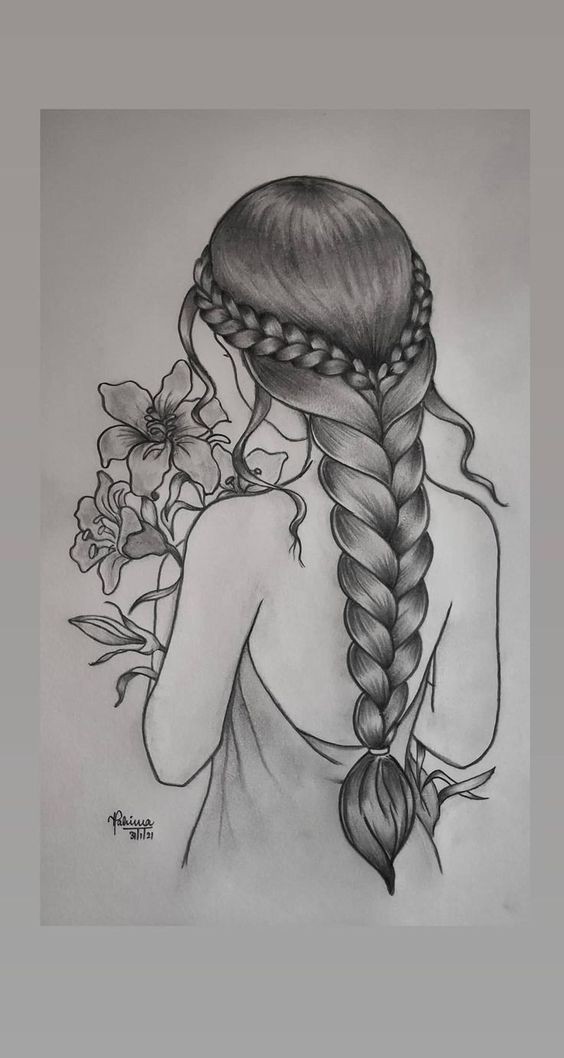Drawing Hacks: Pro Tips and Techniques to Improve Your Skills
Drawing is a timeless art form that has captivated human imagination for centuries. Whether you're a beginner looking to refine your skills or an experienced artist seeking new techniques, there are always ways to enhance your craft. This article delves into various drawing hacks, pro tips, and techniques designed to elevate your drawing abilities and help you achieve stunning results.
1. Master the Basics
Before diving into advanced techniques, it’s crucial to master the basics. These fundamental skills form the foundation upon which you can build more complex drawings.
A. Drawing Fundamentals
Lines and Shapes: Practice drawing clean, confident lines and basic shapes like circles, squares, and triangles. These are the building blocks of more intricate drawings.
Proportions: Learn the rules of proportion to ensure your subjects look realistic. Use reference points and grids to maintain accurate proportions.
B. Shading Techniques
Hatching and Cross-Hatching: These methods involve creating parallel lines or intersecting lines to build up shading and texture.
Blending: Use tools like blending stumps or your fingers to smooth out transitions between light and dark areas.
2. Use the Right Tools
Having the right tools can make a significant difference in your drawing process and results.
A. Pencils
Graphite Pencils: Ranging from H (hard) to B (soft), these pencils offer different levels of hardness and darkness. Experiment with various pencils to see which suits your style.
Mechanical Pencils: Ideal for precision work, mechanical pencils provide consistent lines and are convenient for detailed drawings.
B. Paper Types
Textured Paper: Provides a different feel and can enhance the texture of your drawings.
Smooth Paper: Ideal for detailed work and smooth shading.
3. Develop Your Observation Skills
Drawing is not just about translating ideas to paper; it’s also about keen observation.
A. Study Real Life
Life Drawing: Practice drawing from life to understand proportions, anatomy, and spatial relationships. This can include still life, portraits, or live models.
Reference Images: Use high-quality reference images to study details and improve accuracy.
B. Draw What You See
Avoid Overthinking: Focus on capturing what you observe rather than what you think you know. This will help improve realism in your drawings.
4. Incorporate Perspective Techniques
Perspective is crucial for creating depth and dimension in your drawings.
A. One-Point Perspective
Vanishing Point: Use a single vanishing point to create depth. Lines that recede into the distance converge at this point.
B. Two-Point Perspective
Dual Vanishing Points: For more complex scenes, use two vanishing points on the horizon line to depict objects at various angles.
5. Practice Gesture Drawing
Gesture drawing is a technique that emphasizes capturing the essence of a subject in quick, fluid strokes.
A. Quick Sketches
Timely Drawings: Set a timer for 1-5 minutes and create quick sketches of your subject. This helps in capturing dynamic poses and movements.
B. Focus on Motion
Dynamic Poses: Practice drawing people or animals in action. This will improve your ability to depict movement and energy.
6. Explore Different Styles and Techniques
Experimenting with various styles and techniques can help you discover your unique artistic voice.
A. Different Mediums
Ink and Watercolor: Try combining different mediums to create interesting effects and textures.
Digital Drawing: Explore digital tools and software for new techniques and possibilities.
B. Artistic Styles
Realism vs. Abstraction: Experiment with different styles, from hyper-realistic to abstract, to broaden your artistic range.
7. Develop a Consistent Practice Routine
Consistency is key to improvement in drawing.
A. Daily Practice
Set Aside Time: Dedicate a specific time each day for drawing. Even 15-30 minutes can make a significant difference.
B. Challenge Yourself
Drawing Prompts: Use drawing prompts or challenges to push your creative boundaries and explore new subjects.
8. Seek Feedback and Learn from Others
Feedback is invaluable for growth.
A. Join Art Communities
Online Forums and Social Media: Share your work on platforms like Instagram, DeviantArt, or Reddit to receive constructive feedback.
Local Art Groups: Join local art classes or groups to interact with fellow artists and gain insights.
B. Study Other Artists
Analyze Masterworks: Study the work of accomplished artists to understand their techniques and approaches.
Attend Workshops: Participate in workshops and tutorials to learn new skills and methods.
9. Refine Your Technique
Once you have a solid foundation, focus on refining your technique.
A. Attention to Detail
Fine Details: Pay attention to the finer details in your drawings to enhance realism and depth.
Texture and Patterns: Incorporate various textures and patterns to add interest and complexity.
B. Personal Touch
Develop Your Style: As you gain confidence, start developing your unique style and approach to drawing.
10. Stay Inspired
Keeping your creativity flowing is essential for continuous improvement.
A. Explore Art
Museums and Galleries: Visit art museums and galleries to see a diverse range of artworks and gain inspiration.
Art Books and Tutorials: Read books and watch tutorials to stay updated with new techniques and trends.
B. Creative Exercises
Sketch Every Day: Keep a sketchbook handy and draw anything that inspires you. This practice helps in maintaining creativity and improving skill.
By integrating these tips and techniques into your drawing routine, you'll gradually see improvement in your skills and confidence. Remember, becoming a proficient artist takes time and dedication, but with consistent effort and a willingness to experiment, you can achieve remarkable progress in your drawing journey.






